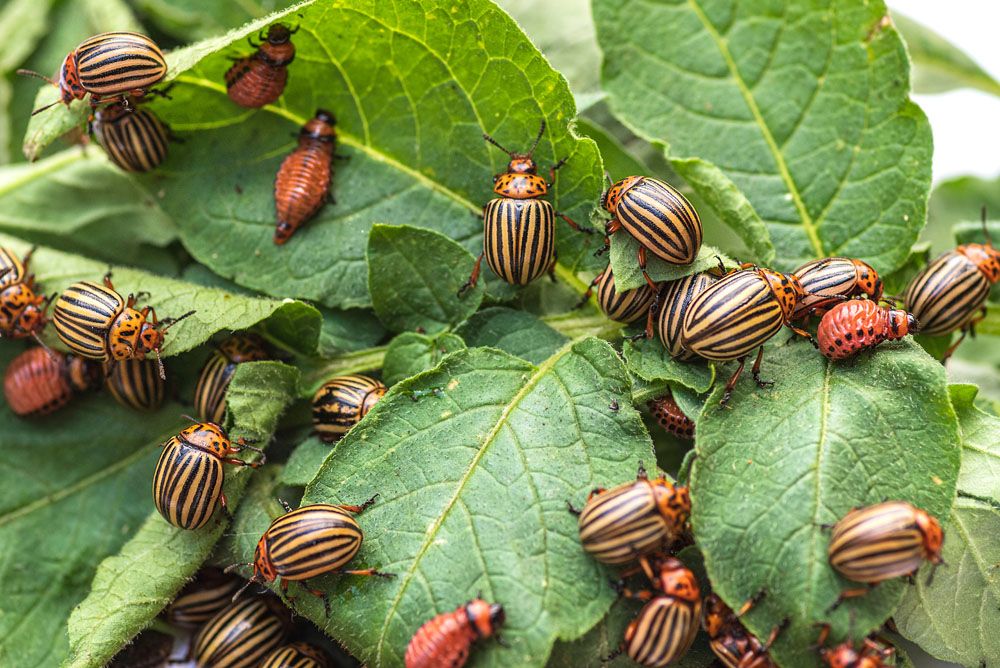
Beetles
Why Beetles are not saving for plants
Introduction of beetles:
Beetles are insects of the group Coleoptera, which is part of the superorder Endopterygota. Their front pair of wings is formed into wing-cases, known as elytra, which distinguishes them from most other insects that prey on coveted shrubs, flowers, ornamental trees, and foliage plants. Knowing how to recognize these insect pests and their life cycles is essential for prevention and management. These insects spend their first year as white grubs beneath the earth. June beetle grubs, or immature June bugs, eat grassroots. These grubs develop from eggs deposited in soil with turf grasses or weeds in late spring or early summer. The grubs beetle causes tree damage by devouring the leaves. Numerous beetle species cause harm to flowers and garden crops in both their larval and adult phases. They accomplish this by consuming plant leaves, stalks, blossoms, and plant roots on occasion.
Damage caused by beetles:
All kinds of beetles cause similar damage.
Adult beetles are the most damaging since they eat on the leaves and stems. They leave deep pits and tiny rounded, irregular holes in the leaves (typically less than 1/8th inch). Flea beetles are the only insects that can cause this sort of harm.
Plants grown from seeds are less tolerant to feeding damage than transplants, although both can be seriously harmed if flea beetle populations are great.
The larvae generally cause little to no damage to the plants (except potato flea beetle larvae).
Types of grounds beetles:
There are some most commonly known types of beetles;
- Ten-Lined June Beetle, (Polyphylla Decemlineata)
- Hercules Beetles, (Genus Dynastes)
- Grapevine Beetle, (Pelidnota punctata)
- Ground Beetles (Subfamily Carabinae)
- Crucifer flea beetle (Phyllotreta Cruciferae)
- Pumpkin beetles – Banded (Aulacophora hilaris)
- Striped flea beetle ( striolata)
- Set up yellow sticky traps in your garden to detect flea beetles.
- Examine your plants for flea beetles and the harm they do.
- Treat seedlings when there are more than five flea beetles per plant to prevent serious harm to your plants.
- Shield your crops if 10-30% of the leaves on seedlings and transplants have fallen off.
- Lambda cyhalothrin
- Cyfluthrin
- pyrethrins/pyrethrum
- Spinosad
- Carbaryl
- Malathion
- Permethrin
